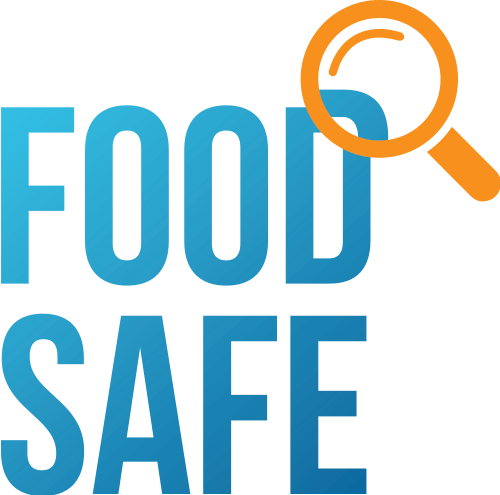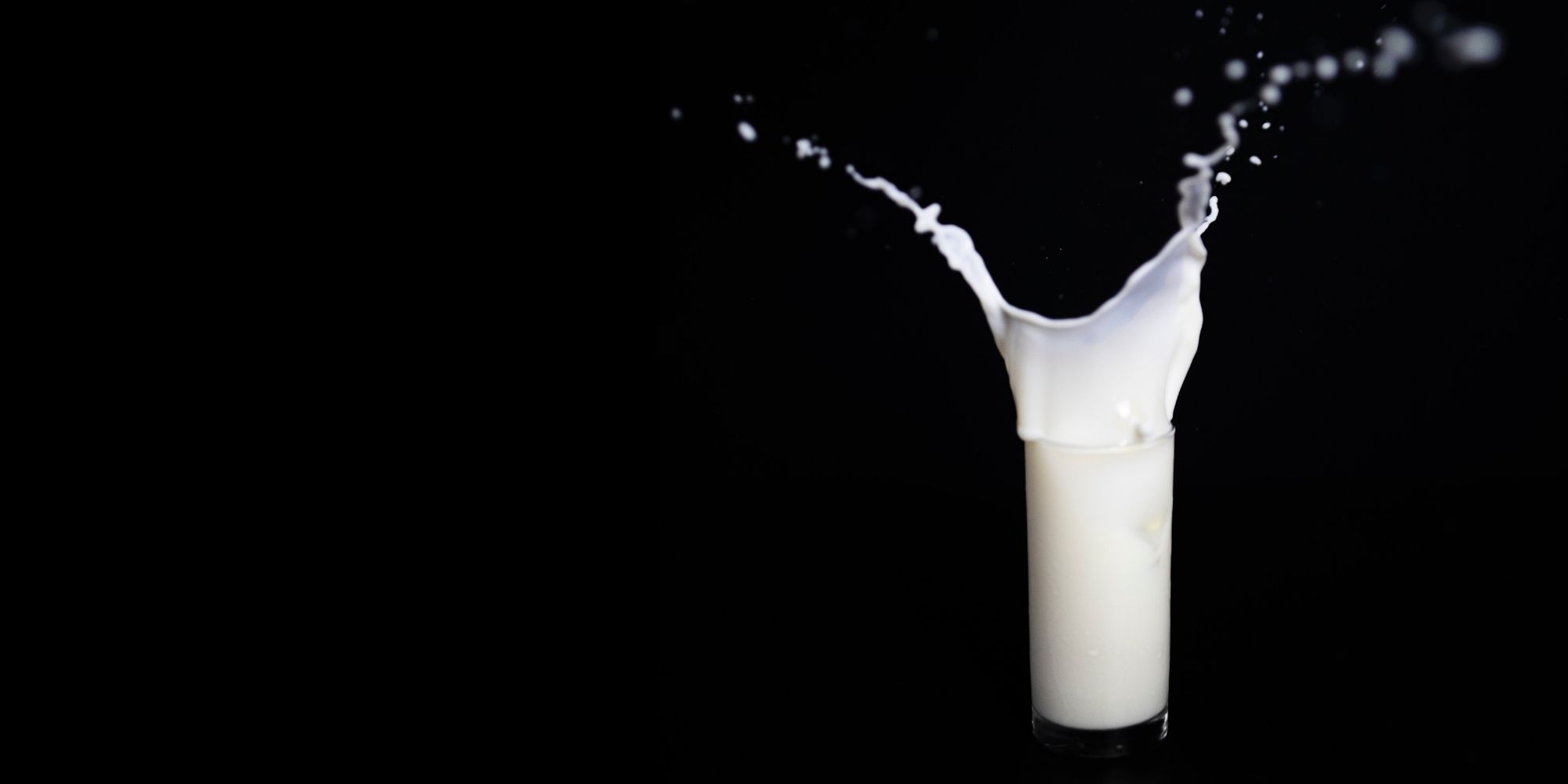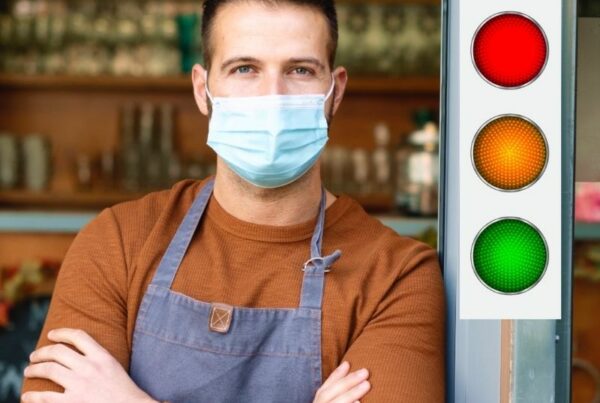Food Safety – Raw Milk From Farms
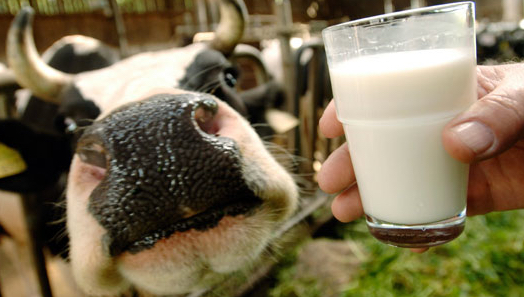
What is raw milk?
The term raw milk relates to unpasteurised milk.
Raw milk is milk from all milking animals, such as cows, goats, sheep, and buffalo.
It has not been altered in any way. It has not been pasteurised, homogenised, dried, or frozen, and nothing has been added to it or removed from it.
What is pasteurisation?
Pasteurisation is the process that eliminates harmful bacteria (pathogens) through specific heat treatment (E.G. 72°C for 15 seconds; which is based more technically on a Reynolds number and calculation).
What are the pathogens and food safety risks associated with raw milk?
There are a number of pathogens that can affect milk, the resulting health problems from Campylobacter and pathogenic Escherichia coli (E. coli) are generally of most concern in raw milk.
Are there any statistics related to illness from raw milk?
Yes, the graph below provides a quick snapshot:
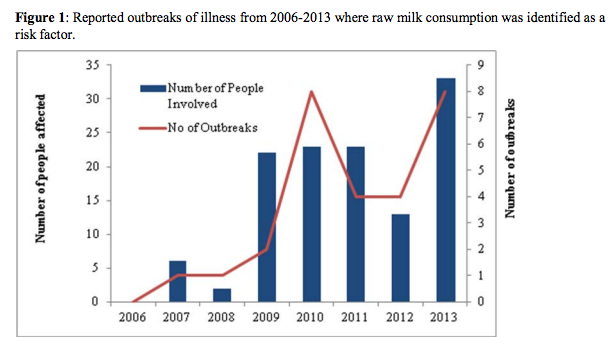
What food safety framework would still apply to a farm selling raw milk?
Farmers are required to operate under a Risk Management Programme (RMP). If a farmer is exempt, they would have to comply with universal requirements in a regulated control scheme (RCS) under the Animal Products Act.
What is a regulated control scheme (RCS)?
An RCS provides for situations where it is inappropriate or impractical to manage risk factors under an RMP.
What are the best practice food safety measures that would still apply to all dairy farmers supplying raw drinking milk to consumers?
MPI proposes that all dairy farmers intending to sell raw milk to consumers must:
- Be listed with MPI under the proposed RCS. The list would be open for public inspection so consumers would know where to buy milk.
- The list would include the name and address of the dairy farmer, a description of the property where the milk is supplied from, and other matters such as date of listing.
- The farmer would need to ensure that raw milk sold directly to consumers meets all specified food safety criteria.
- Follow NZCP1: Code of practice for the design and operation of farm dairies for all areas that apply to a particular dairy farm situation.
- Apply tighter time and temperature controls than NZCP1 on milk cooling and milk storage: immediately after milking cool to 18°C or cooler; and cool to 6°C or cooler within 2 hours of completion of milking and within 4 hours of commencement of milking
- Ensure that raw milk sold to consumers is only supplied: from healthy milking animals that are kept on the property; within 24 hours from harvesting; and after the milk has been cooled to 6°C or cooler; and from herds (other than sheep and goats) that have not had any tuberculous animals for at least the previous five years; that is, have a minimum herd status of C5.
- Animals must be tested for tuberculosis each season. Animals can only be introduced if they come from herds with a status of C5 or better.
- Make a representative raw milk sample available to MPI on request, and at short notice, for monitoring purposes.
- Have a system in place that enables a record to be kept of:
- Who the farmer has supplied raw drinking milk to and their contact details.
- How much was supplied (ie. collected)
- When it was collected and
- Which milking(s) it came from.
- This information would be required for traceability purposes should anything occur that would require purchasers to be contacted. The records would be required to be kept for four years.
- Inform MPI if a failure is identified by the dairy farmer.
A snapshot of other more detailed risk management processes for a farmer include:
The following additional measures are proposed for dairy farmers intending to supply raw drinking milk in quantities of 40 litres or more per day under options 2 and 3:
Farm dairy operator competence
- Farm dairy operators must complete training in good milk harvesting practice (e.g. Primary ITO Licence to Milk), should complete training in good agricultural practice; and
- Farm dairy operators must be familiar with the requirements for the harvesting and supply of raw drinking milk and must understand the requirements for dairy hygiene and mastitis management.
- The general principle is that dairy farmers should understand what needs to be done and are competent in getting it done.
Animal health
- Records must be kept of the animals in the herd or flock producing raw drinking
- Milk intended for supply, and all animals to be uniquely identifiable in some manner
- Controls on the use of veterinary medicines must be followed and any use recorded; and
- Colostrum and milk that is abnormal or unwholesome must not be offered for sale as drinking milk.
Location, facilities, services, and equipment
The same requirements that apply to the harvesting of milk for general supply and for raw milk products will be applied via the RCS. Examples are:
- Farm dairy water quality
- Equipment standards; and
- Protection from physical hazards such as glass, pathogens, and chemical contamination.
Operation
- Milking practices to be hygienic, with teats cleaned, sanitised, and wiped immediately before milking; and
- Milking plant and dairy environment to be kept in a suitably hygienic state, including all milking equipment and any bottling or dispensing equipment.
Milk cooling
- Milk is to be stored at 6°C or cooler; and
- The temperature of the milk shall not exceed 6°C at any point until the product is physically receipted by the purchaser (in their hands).
Acceptance standards
- More stringent limits to be specified for hygiene indicators; and
- Specified limits for pathogens, chemical residues, and contaminants consistent with the limits that apply to all other dairy products.
Failure to meet standards
- Farm dairy operators must report any failure to meet specified food safety criteria to MPI as well as any failure to follow the RCS;
- Dairy farmers must test the milk for specified pathogens if hygiene indicator thresholds are exceeded;
- The supply of raw drinking milk must be temporarily suspended following a failure to comply with the food safety criteria applicable to raw drinking milk. For example:
- Following the first failure in 12 months – all raw drinking milk must be withheld from supply until three consecutive days have been shown to comply;
- Following any further failure within 12 months – all raw drinking milk must be withheld from supply for 28 days;
- MPI would delist any farm (remove approval) incurring excessive food safety failures; and
- Farm dairy operators must have a documented procedure to deal with any failures to maintain required temperature during distribution to the purchaser (ie disposal as a non-conforming product).
Source: MPI
